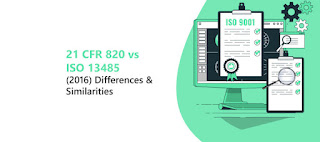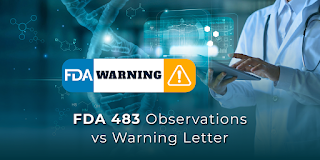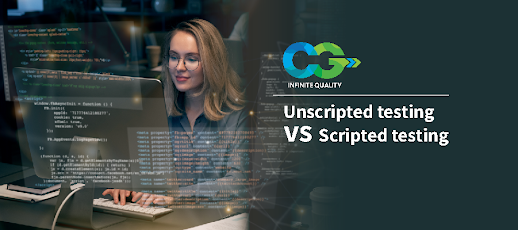"Mastering Computer Software Assurance Validation: Best Practices and Essentials"
.png)
Computer software assurance validation is a process that ensures that software systems meet specific requirements, adhere to standards, and operate reliably. This process is essential to guarantee that software functions correctly, performs as expected, and is secure. The specific steps in a software assurance validation process may vary depending on the context and industry, but here is a general overview: 1. Requirements Analysis: - Clearly define the software's requirements, including functional, non-functional, and security requirements. - Ensure that the requirements are well-documented, complete, and unambiguous. 2. Design Verification: - Review the software design to ensure that it aligns with the specified requirements. - Use techniques such as design reviews, inspections, and walkthroughs to identify design flaws and inconsistencies. 3. Code Review and Static Analysis: - Conduct code reviews to examine the source code for errors, bugs, and c





.png)



